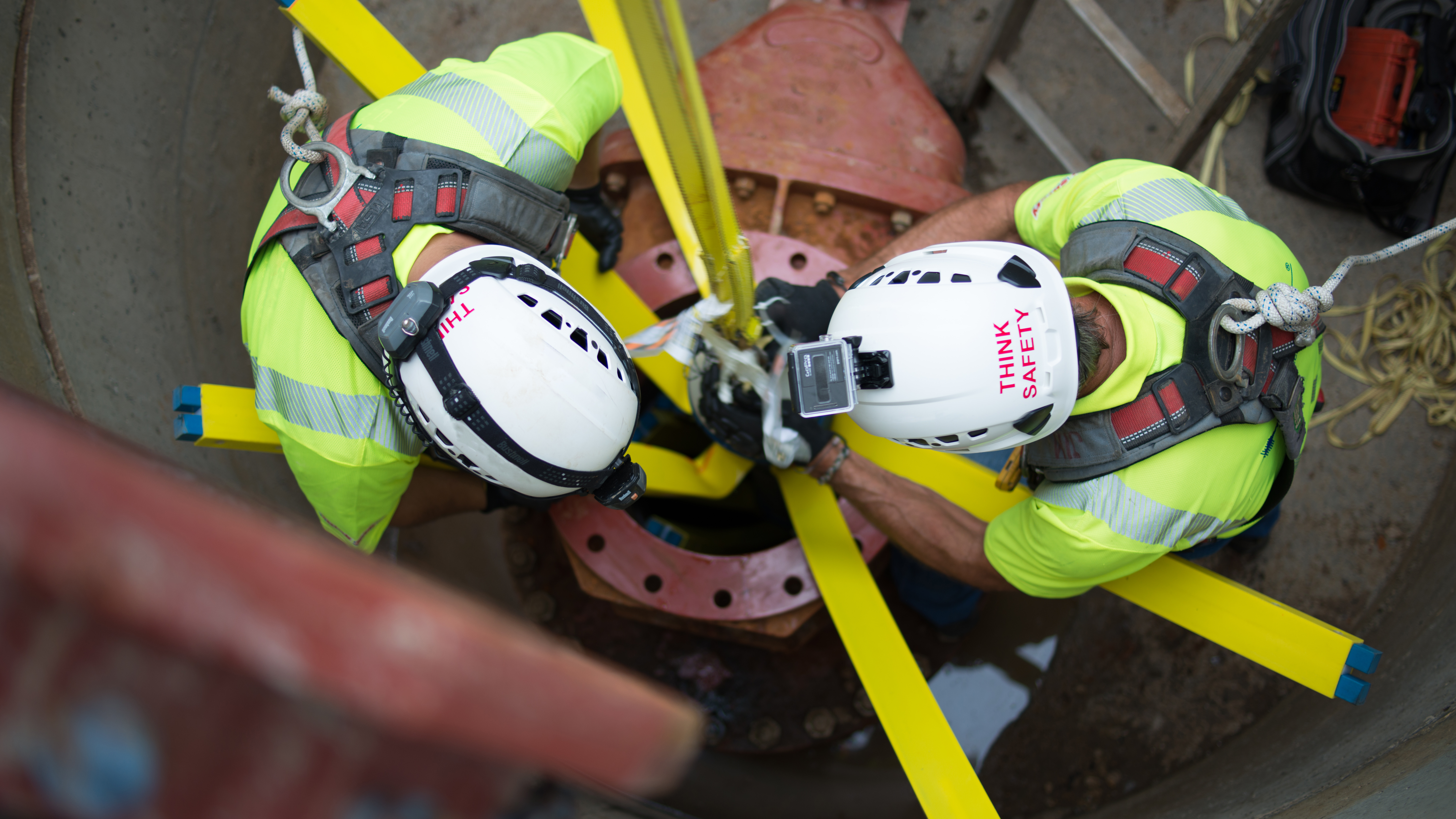Implementing a proactive approach to force main asset management

With advancements in technology and a willingness to develop proactive pipeline integrity programs, utilities can successfully reduce failures, mitigate risk, reduce capital expenditures, and increase confidence in the overall operation of their force mains.
New standards of best practice for force main management involve a variety of methods and technologies to provide data and information with which to make decisions. Utilities can now often perform a detailed condition assessment while the force main remains in service.
There is no “one-size-fits-all” way of assessing force mains. Any approach should be tailored to risk tolerance, material, diameter and past failure history. Savvy utility managers are turning to programs that reduce damage to assets, prioritize investment to minimize community impact of asset failure, and reduce the consequence of failure by enabling system control.
This white paper will highlight:
- How to develop a risk-based program
- The most common modes of failure for force mains
- How to define which of the three approaches to proactively assessing force mains best fits your goals and risk-tolerance
- How utilities are finding success using these approaches to prevent failures, reduce capital expenditures, mitigate risk, optimize budget allocation, and increase confidence and level of service
